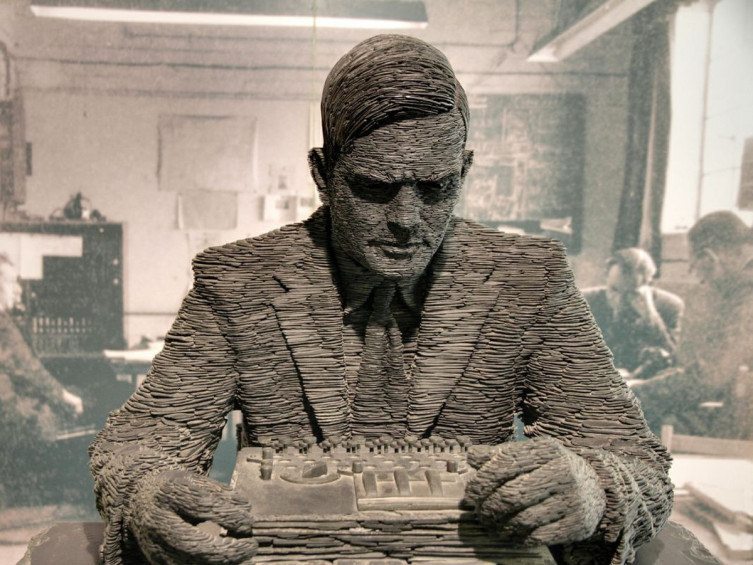Computer for the photographer
 The average photo taken on a camera with a resolution of 20 MP matrix weighs up to hundreds of MB. You can work with a file up to 100 MB even on a weak computer. Modern components easily cope even with high-resolution photographs. But professional cameras usually have a matrix from 20 to 50, although humanity has not yet clearly reached the upper limit. To work comfortably with high-resolution images, you need a computer with some features. The size of professional images depends on the type of encoding and image format, but in any case, the size of such files is clearly larger.
The average photo taken on a camera with a resolution of 20 MP matrix weighs up to hundreds of MB. You can work with a file up to 100 MB even on a weak computer. Modern components easily cope even with high-resolution photographs. But professional cameras usually have a matrix from 20 to 50, although humanity has not yet clearly reached the upper limit. To work comfortably with high-resolution images, you need a computer with some features. The size of professional images depends on the type of encoding and image format, but in any case, the size of such files is clearly larger.
What should a computer be able to do for a photographer?
To understand which computer you need, you need to identify the tasks that you have to work with. At least a photographer needs to upload a photo to a computer and apply several filters in his favorite program, be it Photoshop or another photo editor, the principle of operation is the same. Consider the actions that the computer has to perform, and what works.
Upload photos to your hard drive. The speed of the drive here does not play the most important role, while the USB port is a narrow neck. Although the third version of this interface does its job well, it will transfer information via Wi-Fi faster if your camera supports this function.
Opening a photo in the editor. The speed of this action depends on the speed of your drive. The computer will have to open the program and load the photo with which you want to work into the RAM. The process will go much faster if the photo and the program are on different physical drives. That is, in an ideal world, each photographer has two SSDs — one for programs and a system, and the second for temporary files (not of large volume).
Apply filters and retouch. Using a simple filter will not take up much processor power. Roughly speaking, the computer will simply repaint all the pixels of the image in accordance with the specified parameters. But this applies only to photos with a resolution of up to 20 MP, all that is more requires a powerful modern processor, otherwise you will be forced to wait after each movement of any setting slider. The use of complex filters, for example, radial blur or imitation of watercolors, takes up much more processor power. The difference in the processor will be immediately noticeable: the more powerful the pebbles, the less will have to wait after application.
Adding effects, text, any loaded textures. The speed of opening any menu depends on the hard drive, since the program needs to give a request and get a response from the repository. And even when you want to choose a font, the computer is forced to load the list from the system drive.
Saving and compressing a file. The difference between the original image and the finished photo for delivery to the client is often different at times. Not everyone needs 300 MB snapshots each — downloading them, copying from disk, flash drives and other media takes a lot of time. They are bulky, so you have to compromise, in addition, not all user programs for viewing photos adequately perceive RAW, TIFF, NEF formats. The storage speed depends on the disk, and the compression and conversion time depends on the processor.
How to choose a computer for the photographer
If for engineers, architects and specialists in 3D the main thing is the filling of the computer, then the photographer also needs what is on the table except the system unit itself. Therefore, you need to carefully choose not only the system unit and its filling. A mouse, keyboard and monitor are three tools that should also be perfect.
CPU
From ancient times, Intel processors were used for professional machines; they are more stable, cooler and more productive. Younger models of the latest generation show performance wonders. The Intel Core i5-9500F and i5-9600KF are great for the novice photographer and professionals who do not work with images in excess of high resolution. 6 cores with a frequency of 3.0 and 3.7 GHz, respectively, have such computational potential that they can handle the rendering of complex videos, but these pebbles are eaten for breakfast.
Intel Core i7-9700KF is an older, but not a top model, which is just right for working with large files. There are already 8 cores with a frequency of 3.6 to 4.9 GHz. Heat dissipation at maximum load is about 95 watts, it is very small, a powerful cooling system will work only half even at maximum load. If you are wondering “why do we need a powerful cooling system for a cold processor?”, The answer is very simple – the noise depends on the fan speed: the faster the blades spin, the more noise they emit. When working at 50% power, there will be practically no noise.
Video card
Do not bother with the power of the video adapter, the main thing here is the number of connectors for monitors. It’s easier to work with photos on two or three screens, you can place a lot of useful information on them so that the work goes faster.




